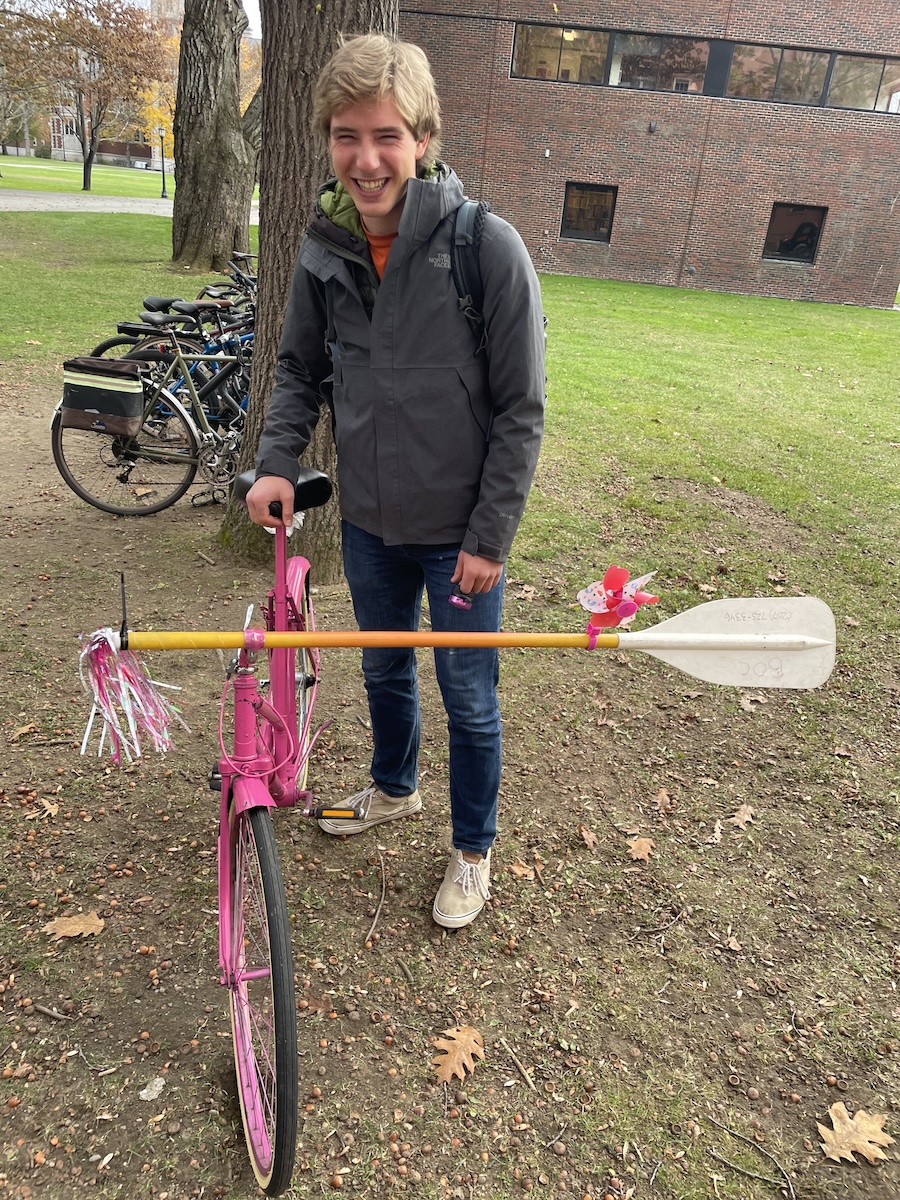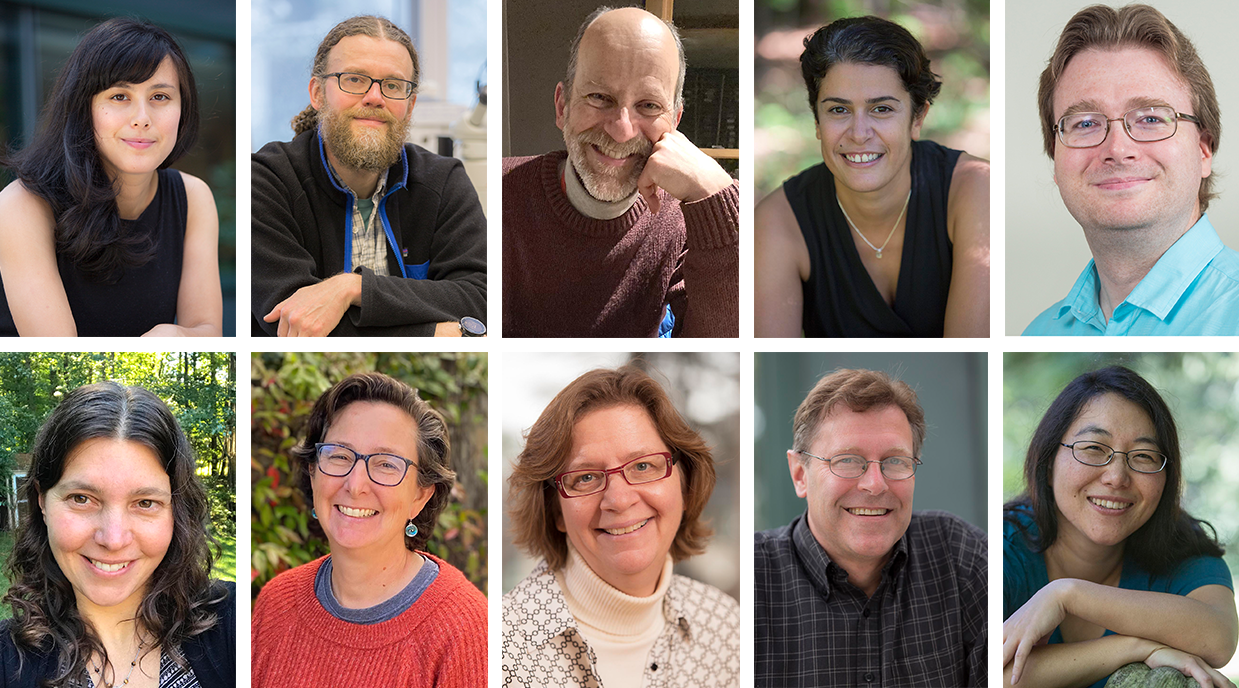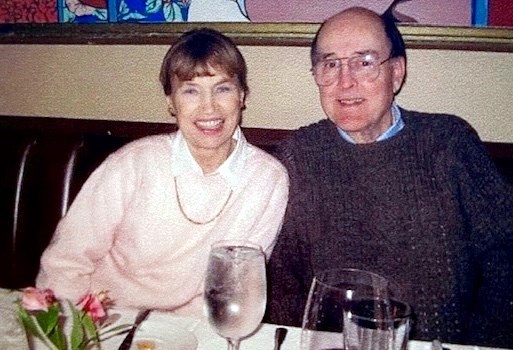Celestial Motion: The College Relocates the Observatory, Part of Plans to Revamp Astronomy at Bowdoin
By Sean Li '23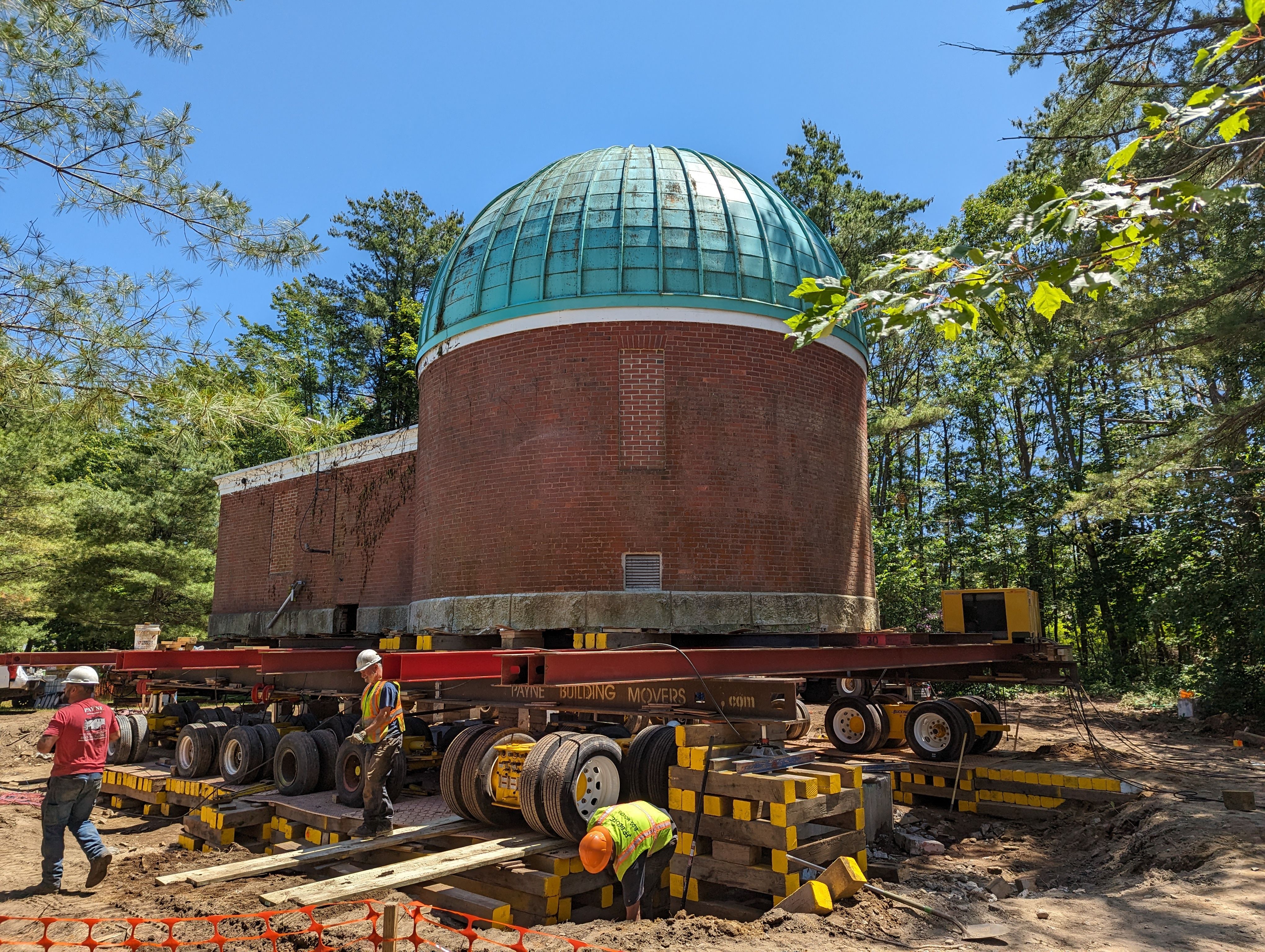


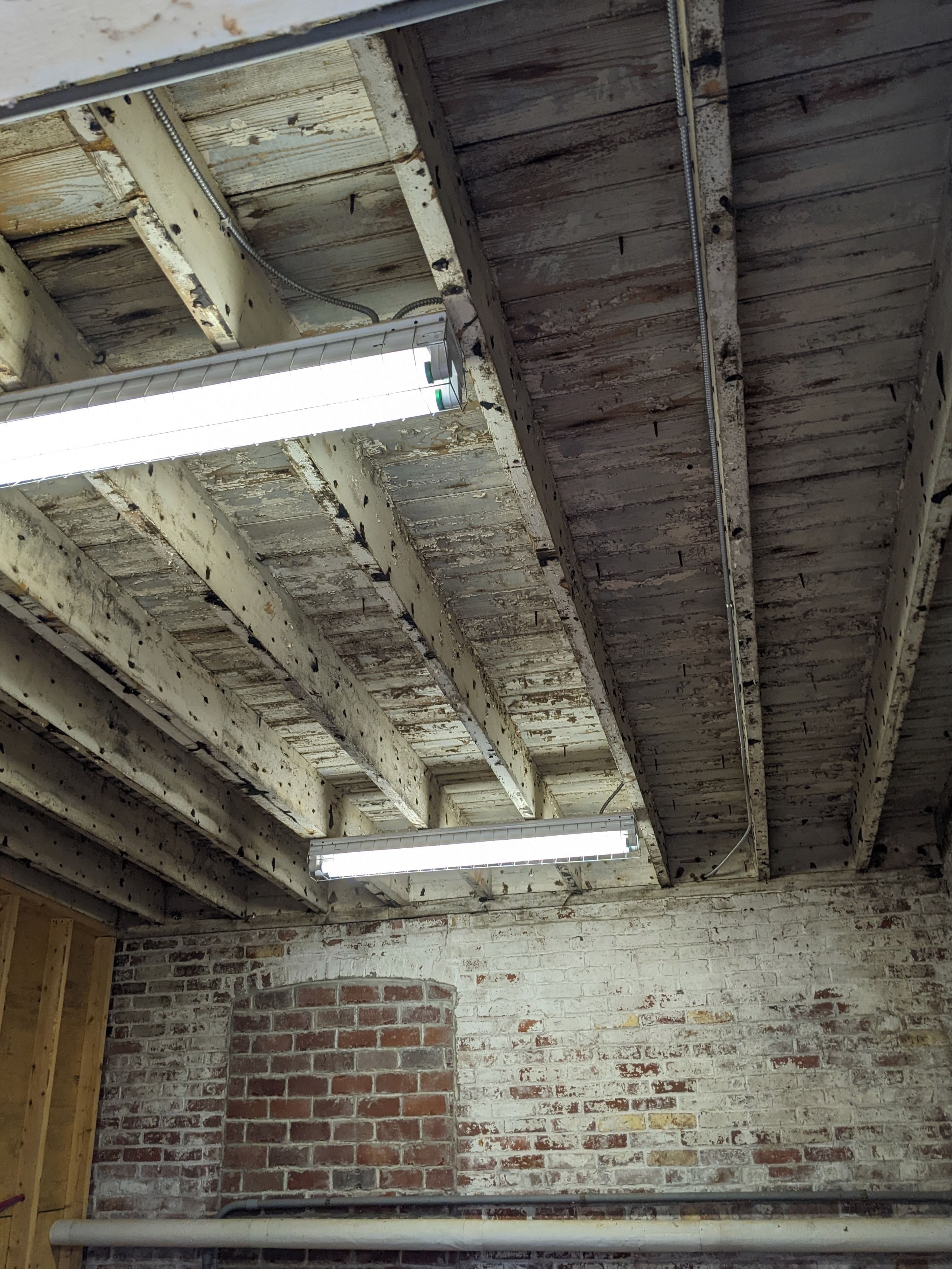
For months, the College had considered options to recommission the historic structure, established in 1891, ahead of renovations to Pickard Field.
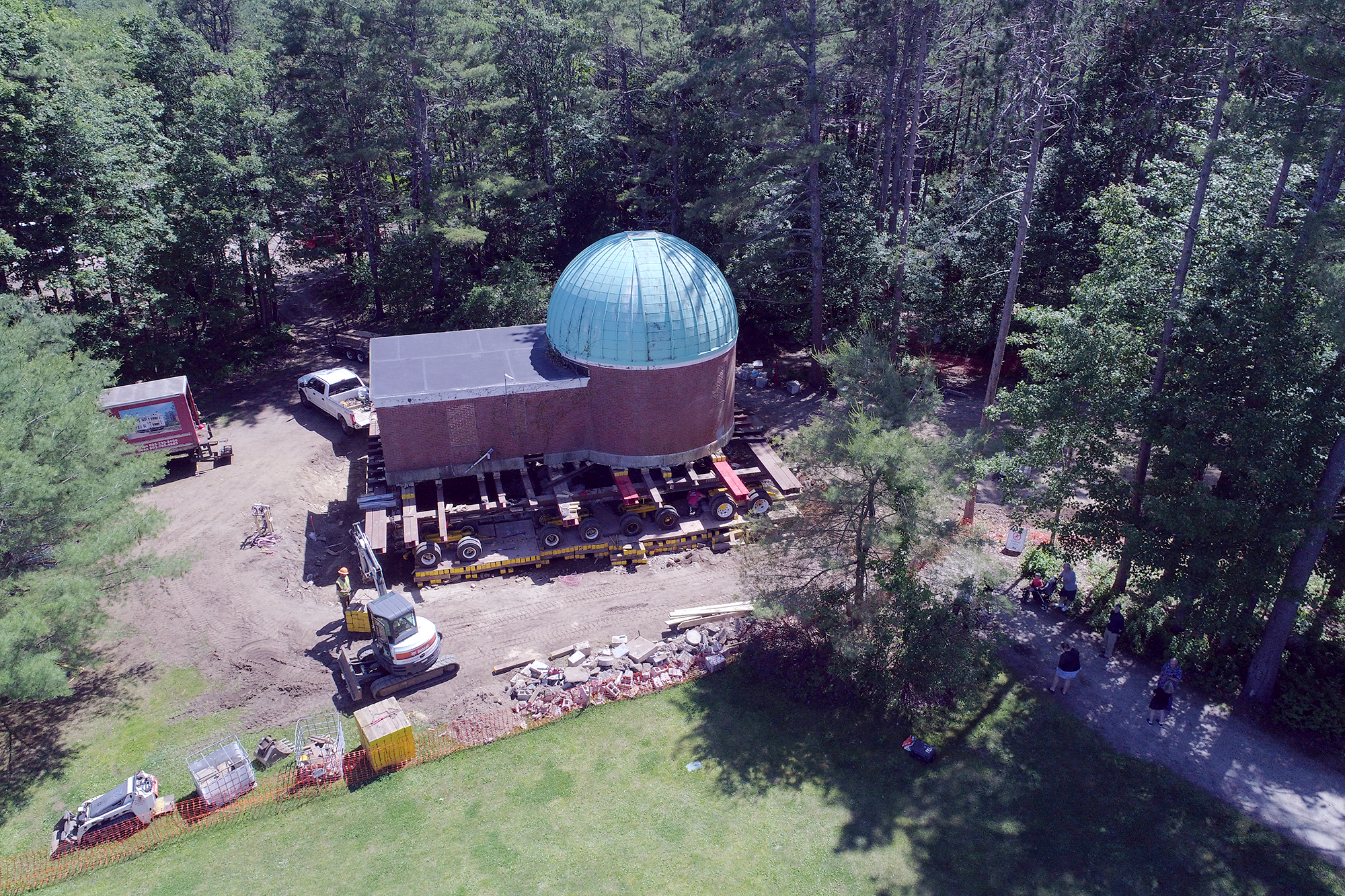
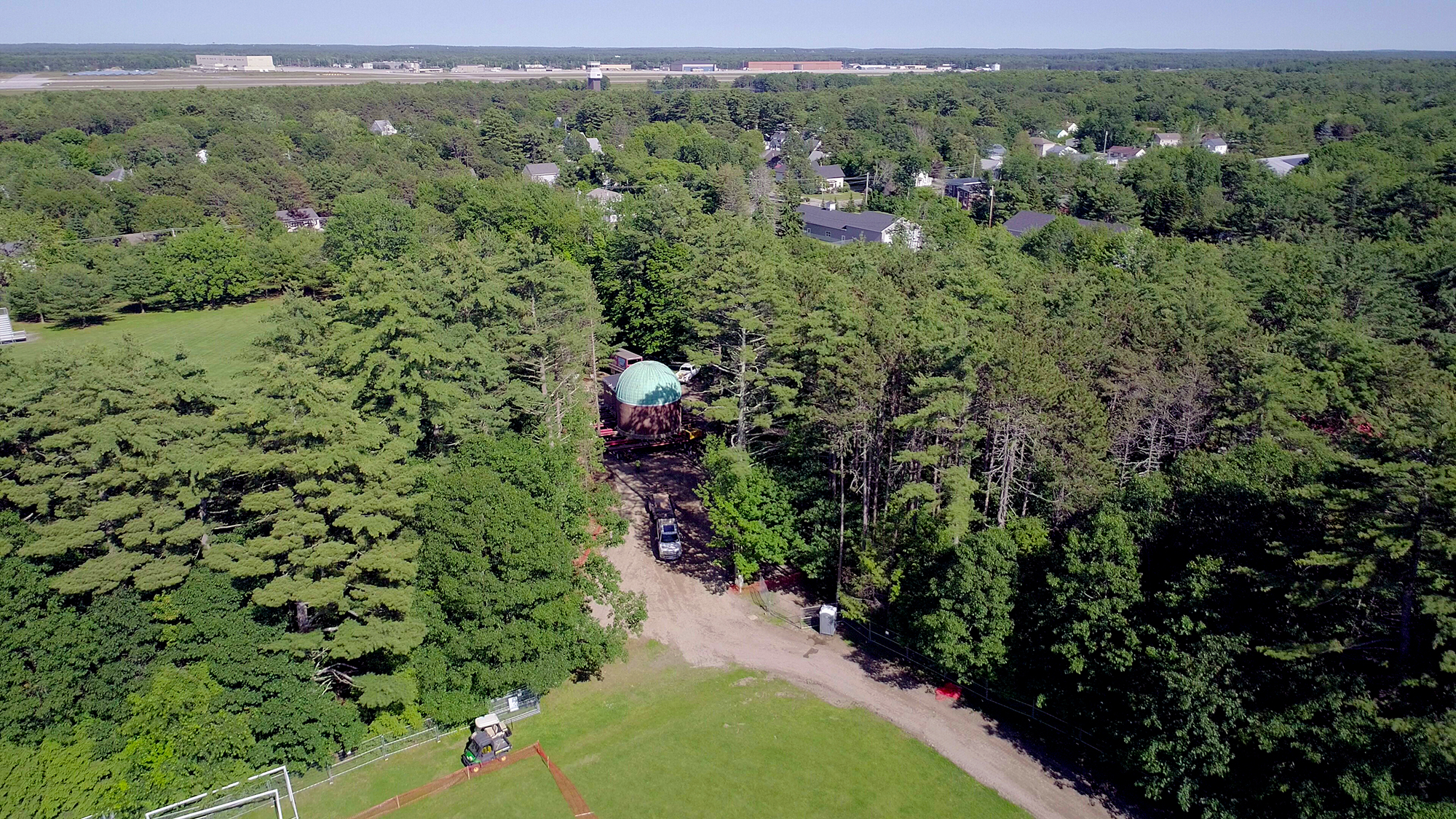
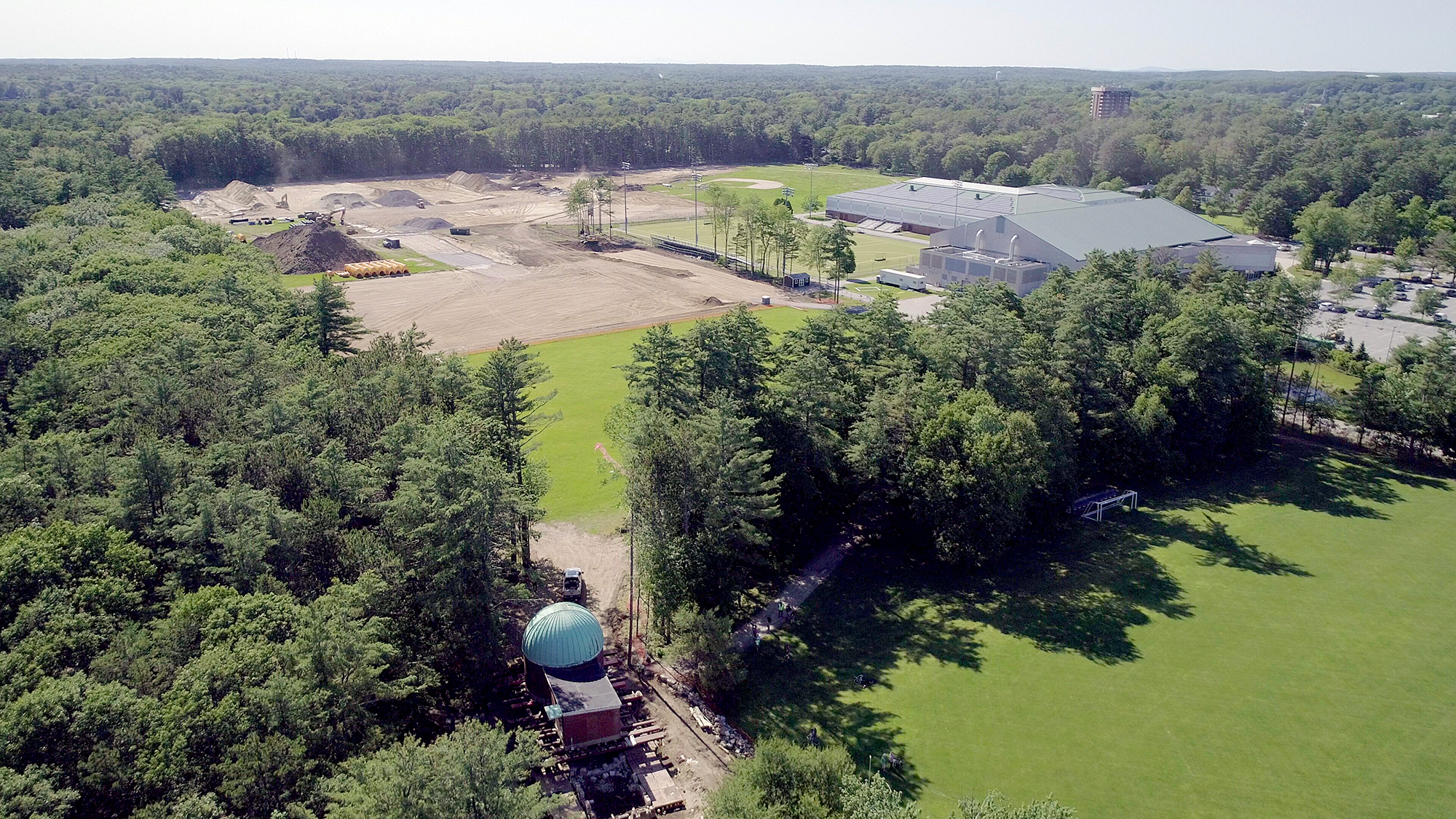
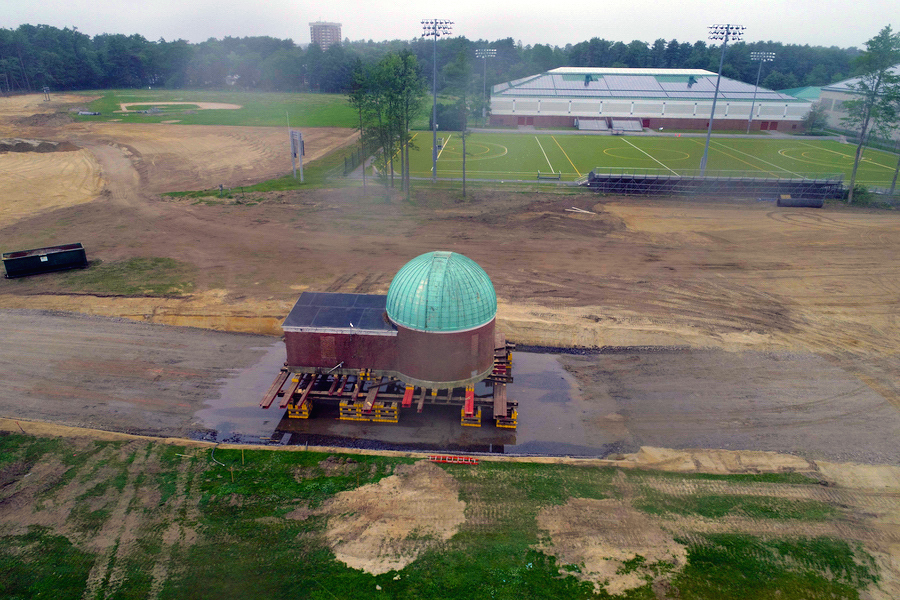
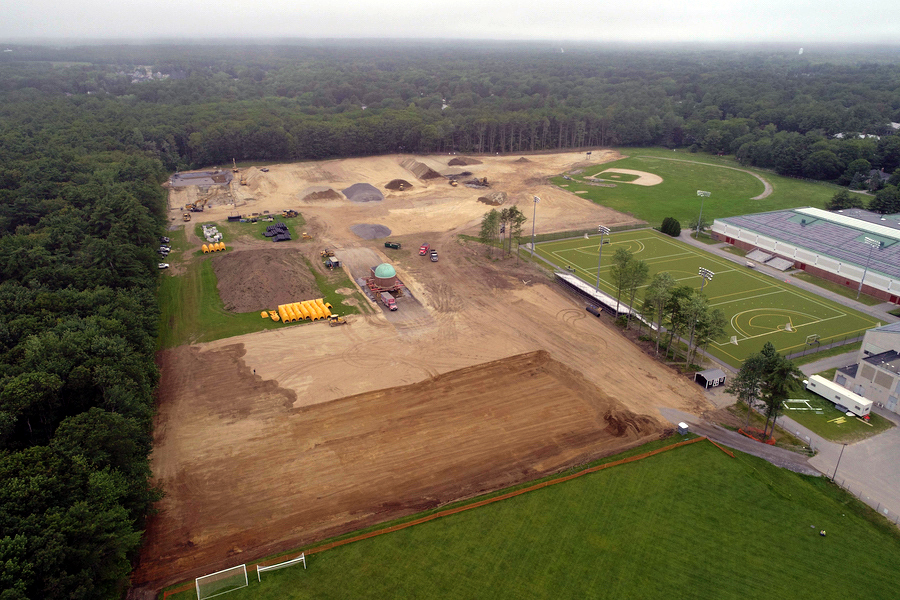
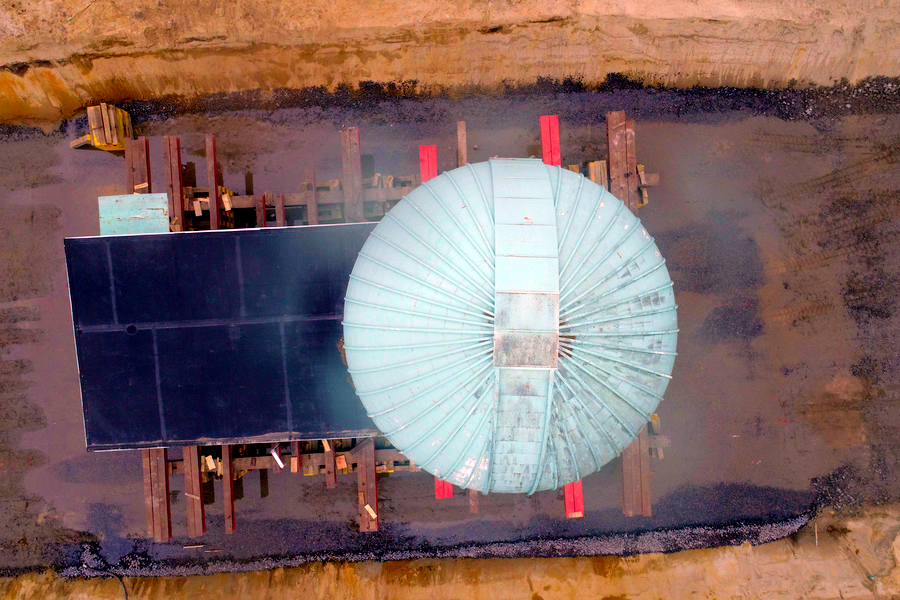
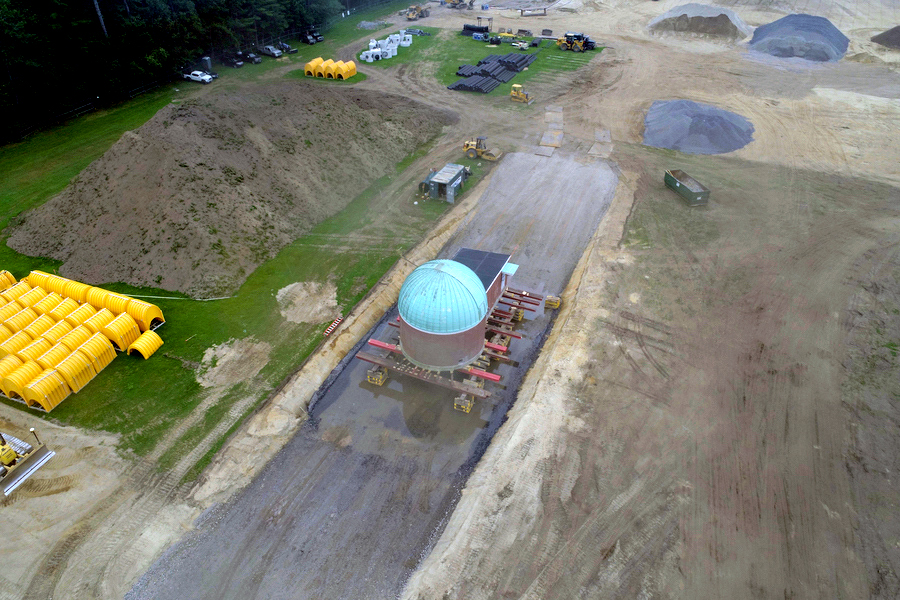
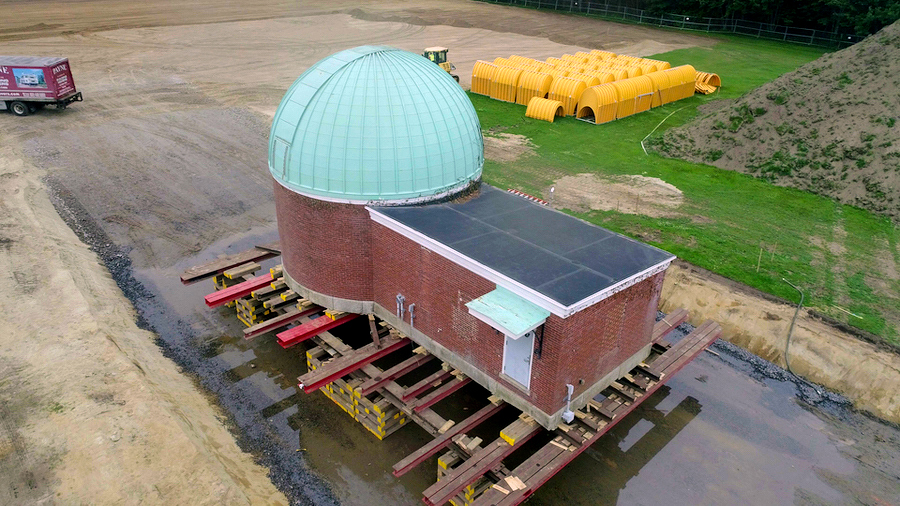
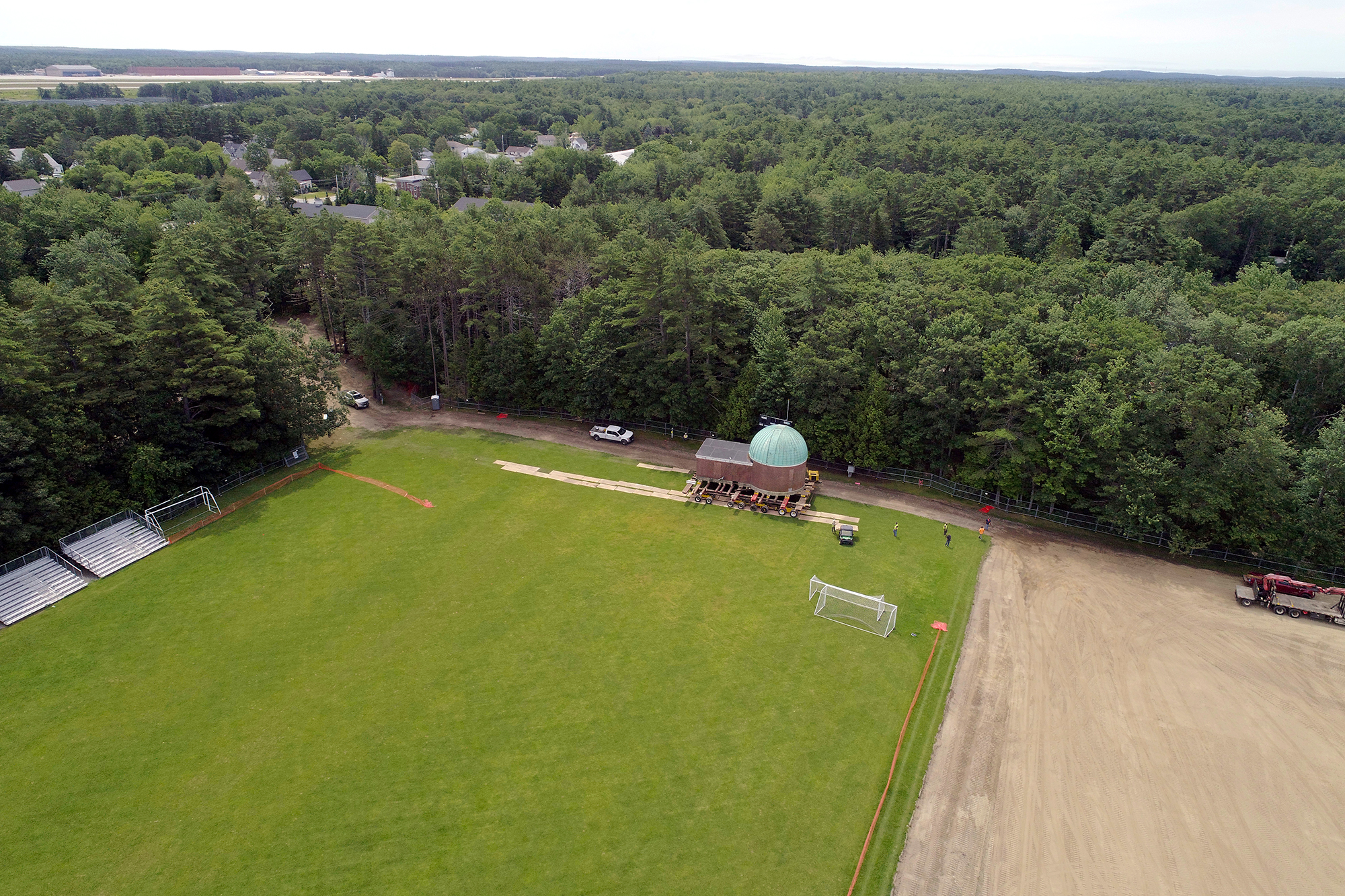
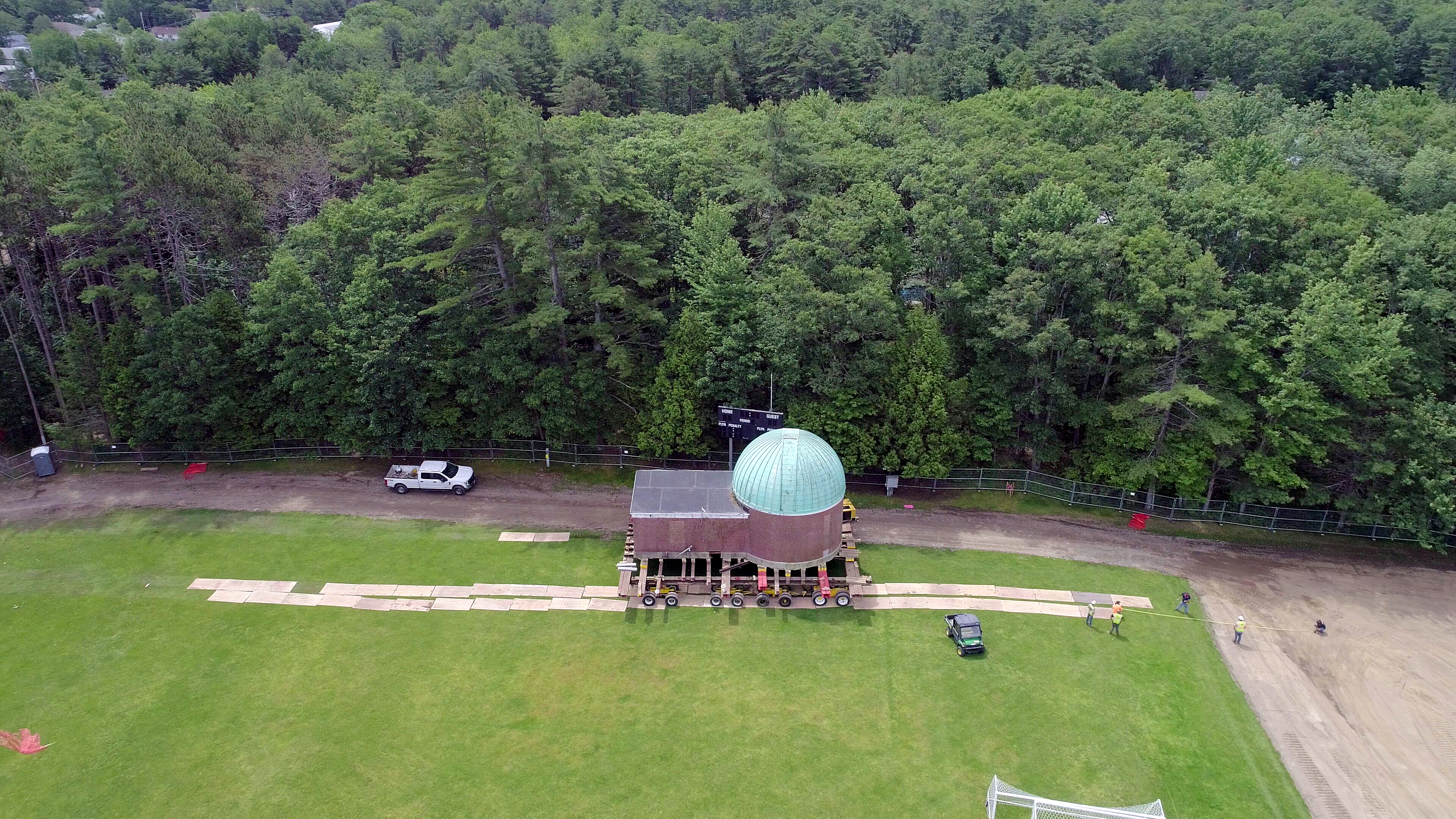
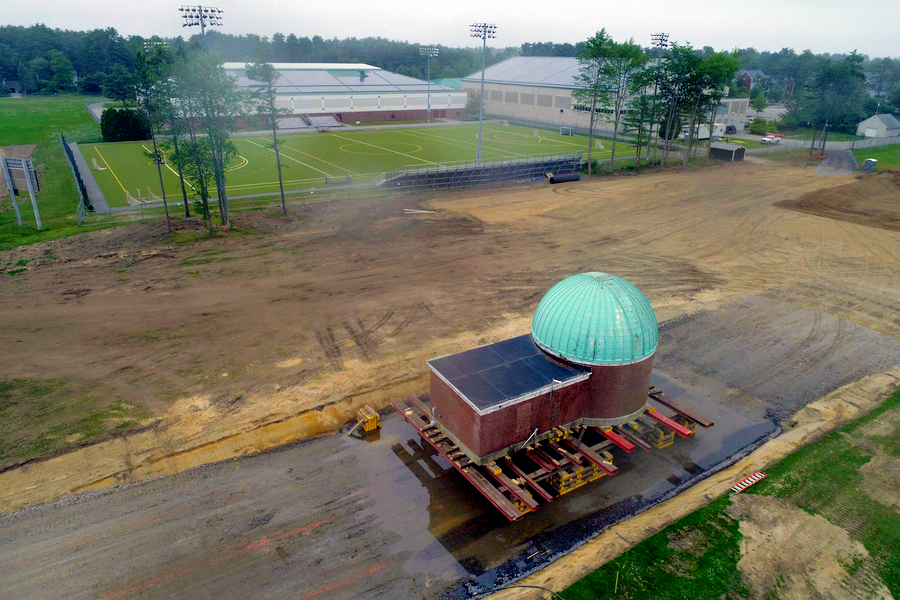
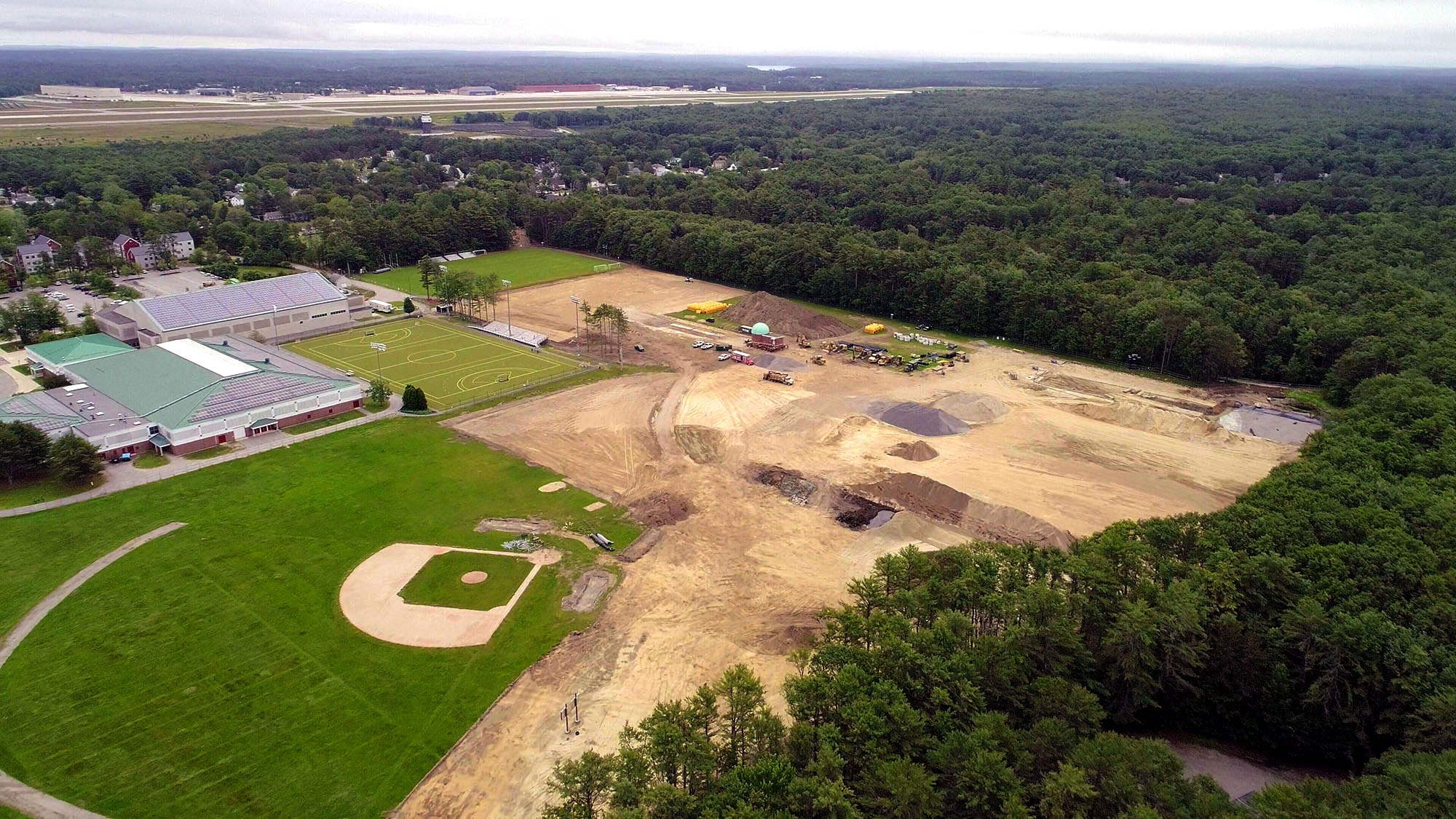
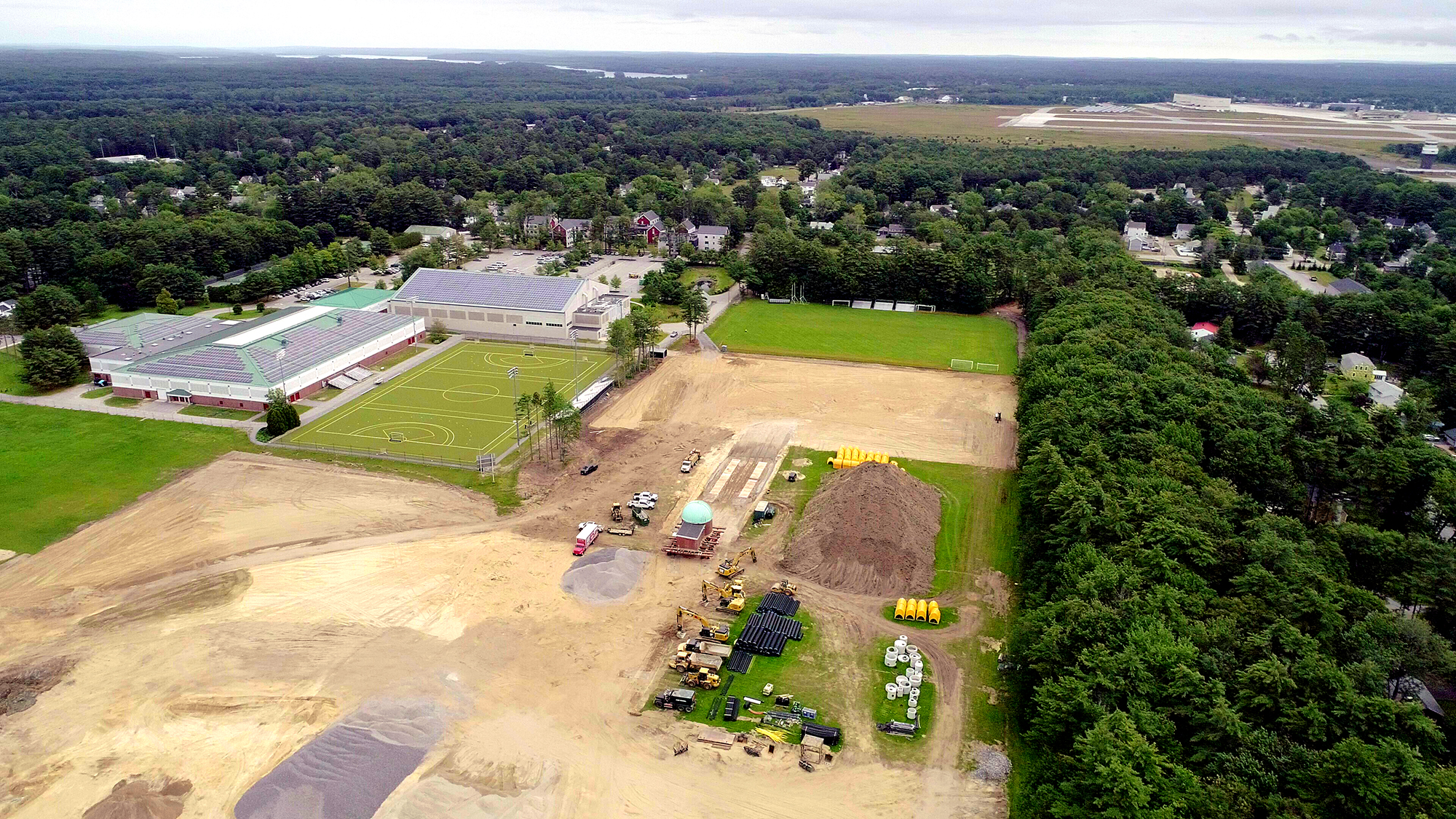
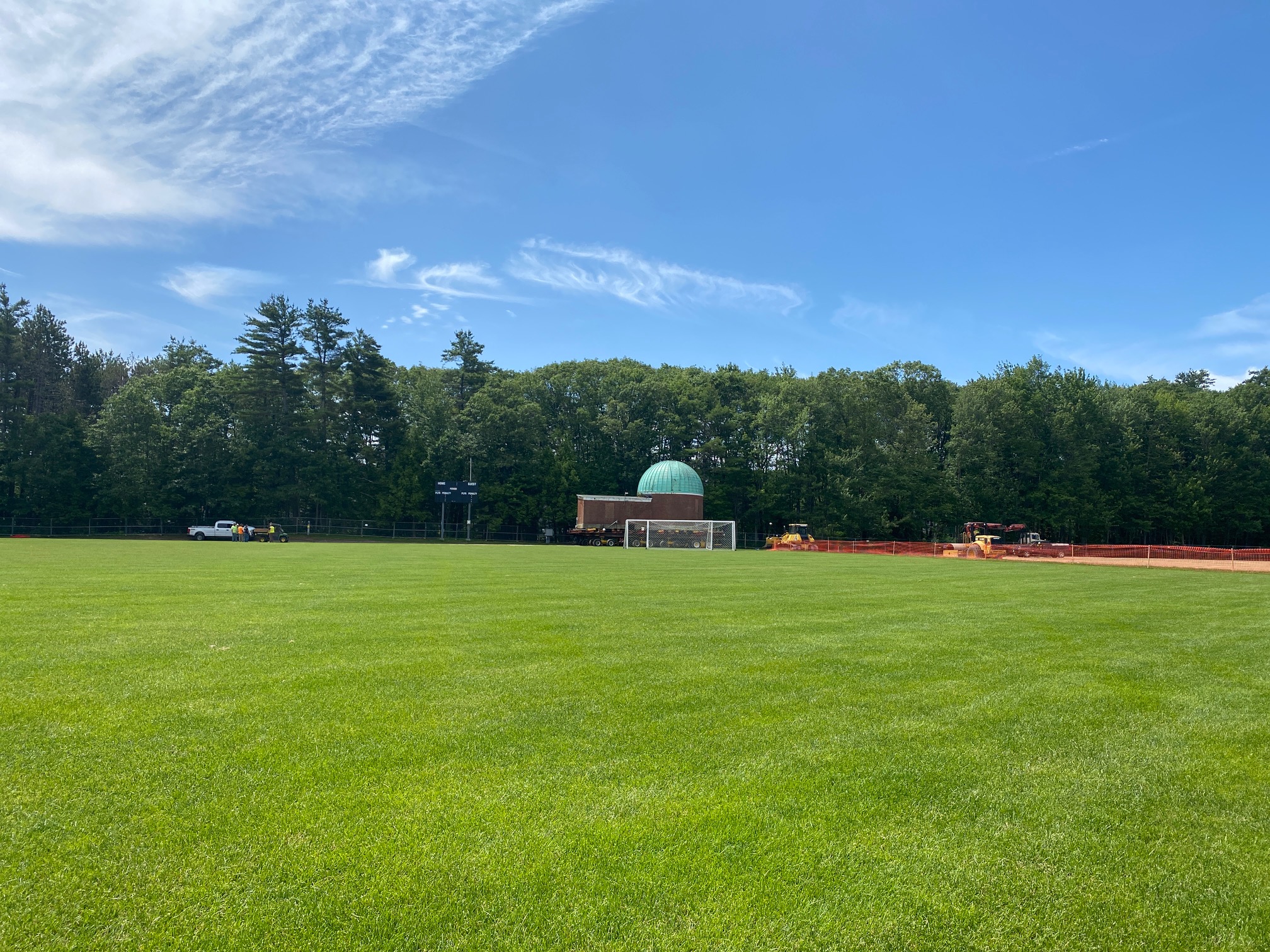
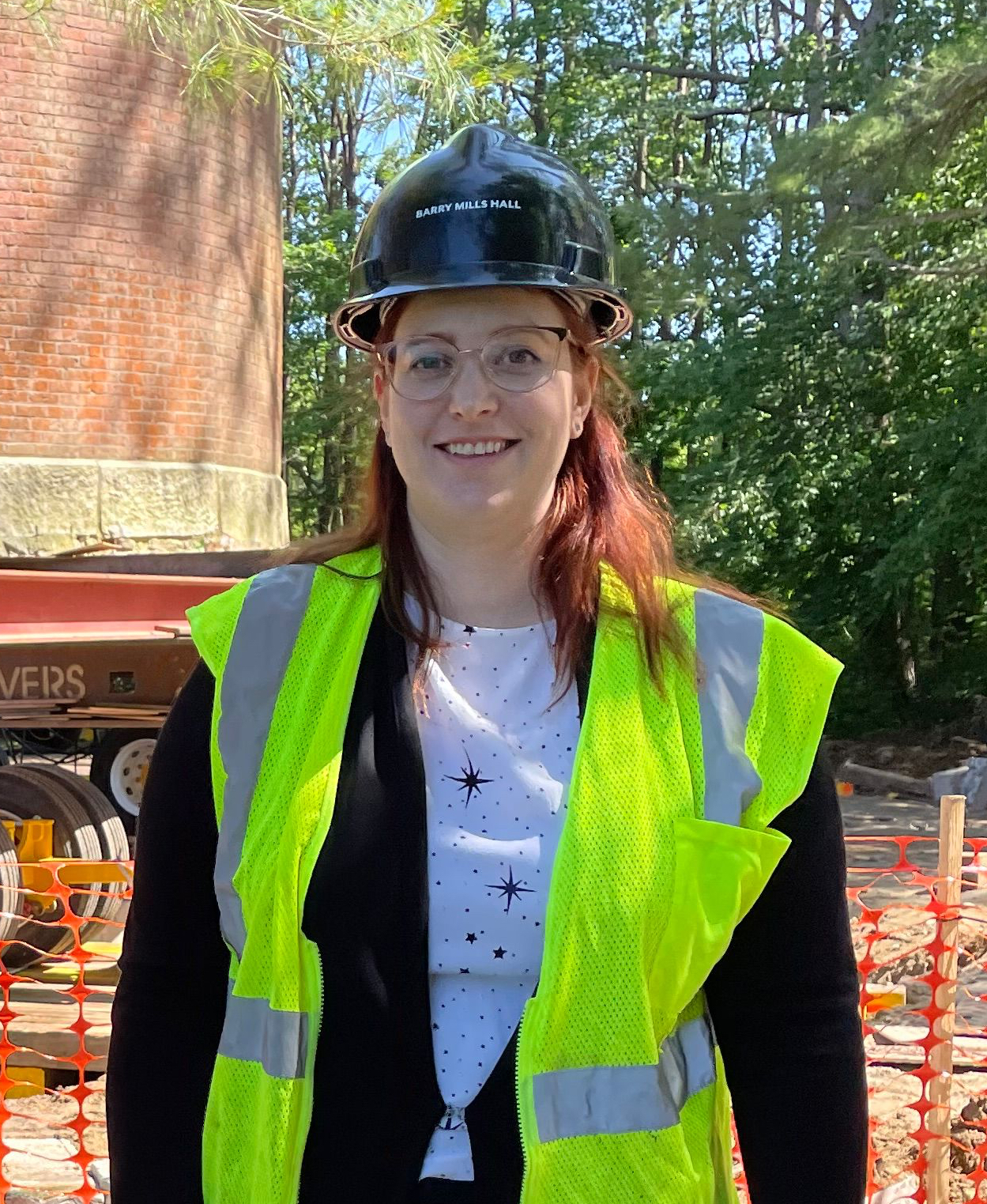
Last year, Fe McBride, who specializes in multimessenger and high-energy astrophysics, joined the faculty as an assistant professor of physics.
Her arrival ended a years-long search for someone who could revamp the Bowdoin astronomy program in the long term.
Professor McBride has an eye on the stars—and the future. She plans to use the renewed observatory extensively in astronomy courses.
“Since it's only a short walk across campus,” she says, “it's not a proper trip; it’s more like an evening at the observatory.”
In the last year, the department acquired six small telescopes, including one solar telescope, and McBride has hosted several observation nights on the main quad for students in her Introduction to Astronomy and Astrophysics course.
Plans for the observatory include an outdoor stargazing platform with six concrete piers to support these telescopes, providing a space for large-group observations such as classes and community events.
“We are considering incorporating an astronomy lab with the telescopes which could involve, for example, measuring stellar spectra,” says McBride.

As for the observatory dome, the physics and astronomy faculty hope to secure a telescope with a roughly 80- centimeter main mirror diameter. “This will be installed permanently and will allow us to attach multiple instruments, including a spectrograph and a camera for long exposures,” explains McBride.
Due to the observatory’s narrow stairs to the observing platform that “likely cannot be made ADA-compliant,” McBride says that a separate “classroom” building next to the dome, complete with climate control and data analysis stations, will enable remote observations.
“The observatory itself cannot be heated or cooled; that would cause heat to leak through the roof, which would decrease image quality and seeing” by creating turbulence in the air between the lens and the sky, explains McBride.
“Astronomy with such an observatory as is now here cannot fail to be a most interesting and profitable study. ”
—M. S. Clifford, Collegi Tabula, Bowdoin Orient v. 21, no. 1–17 (1891–1892)
New possibilities
Among many projects the observatory will enable, McBride is most excited about “the possibility of multimessenger follow-up observations.”
She explains that despite recent “improvements in the localization of gravitational-wave (GW) and neutrino events,” so-called “follow-up observations” are still tricky.
When astronomers receive an alert about an astrophysical event, such as a GW emission detected by the Laser Interferometer Gravitational Wave Observatory (LIGO), they might aim their telescopes toward that event’s inferred location in the sky to look for possible electromagnetic (EM) counterparts, in other words, light signals that accompany the main emission and can reveal more about the event’s underlying physics.
Scheduling and weather make coordinating such follow-up observations challenging, leaving room for the Bowdoin observatory to make valuable contributions.
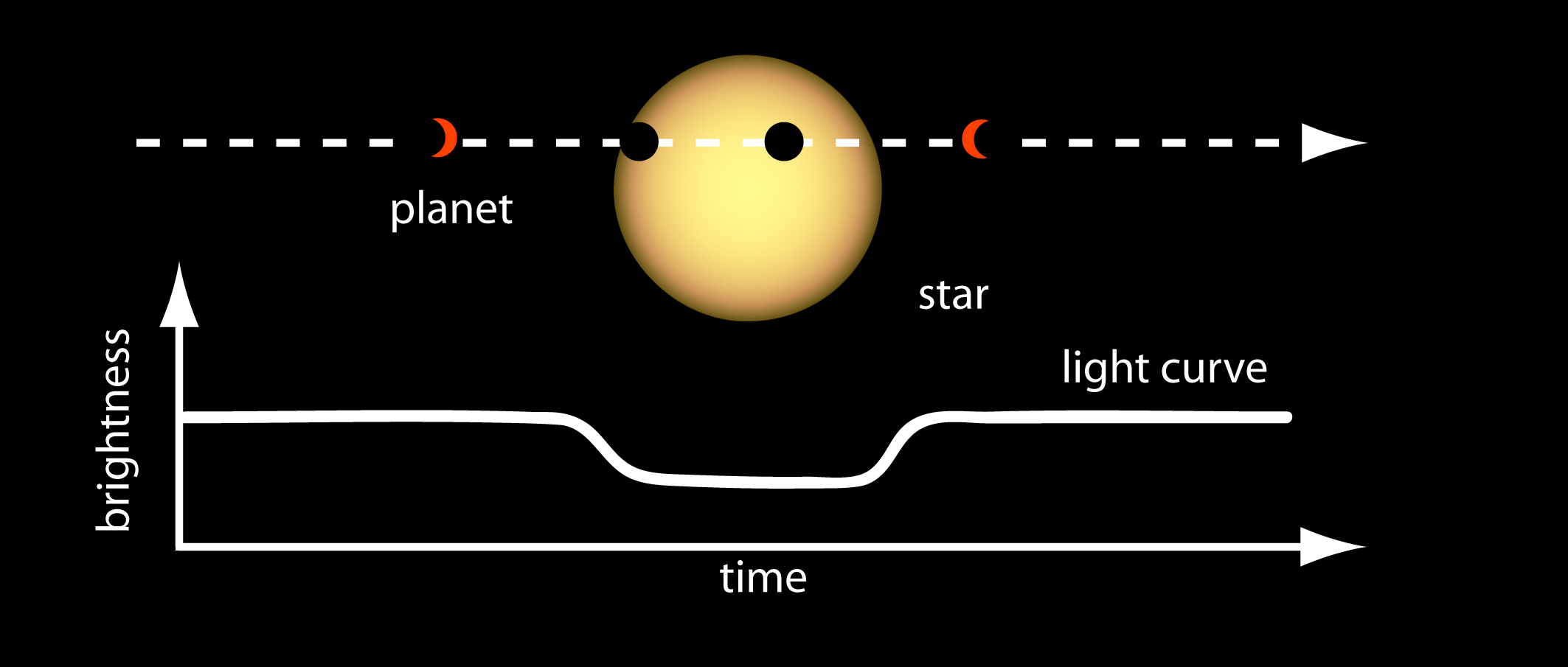
An illustration of the light curve of a planet transiting a star. Credit: NASA Ames.
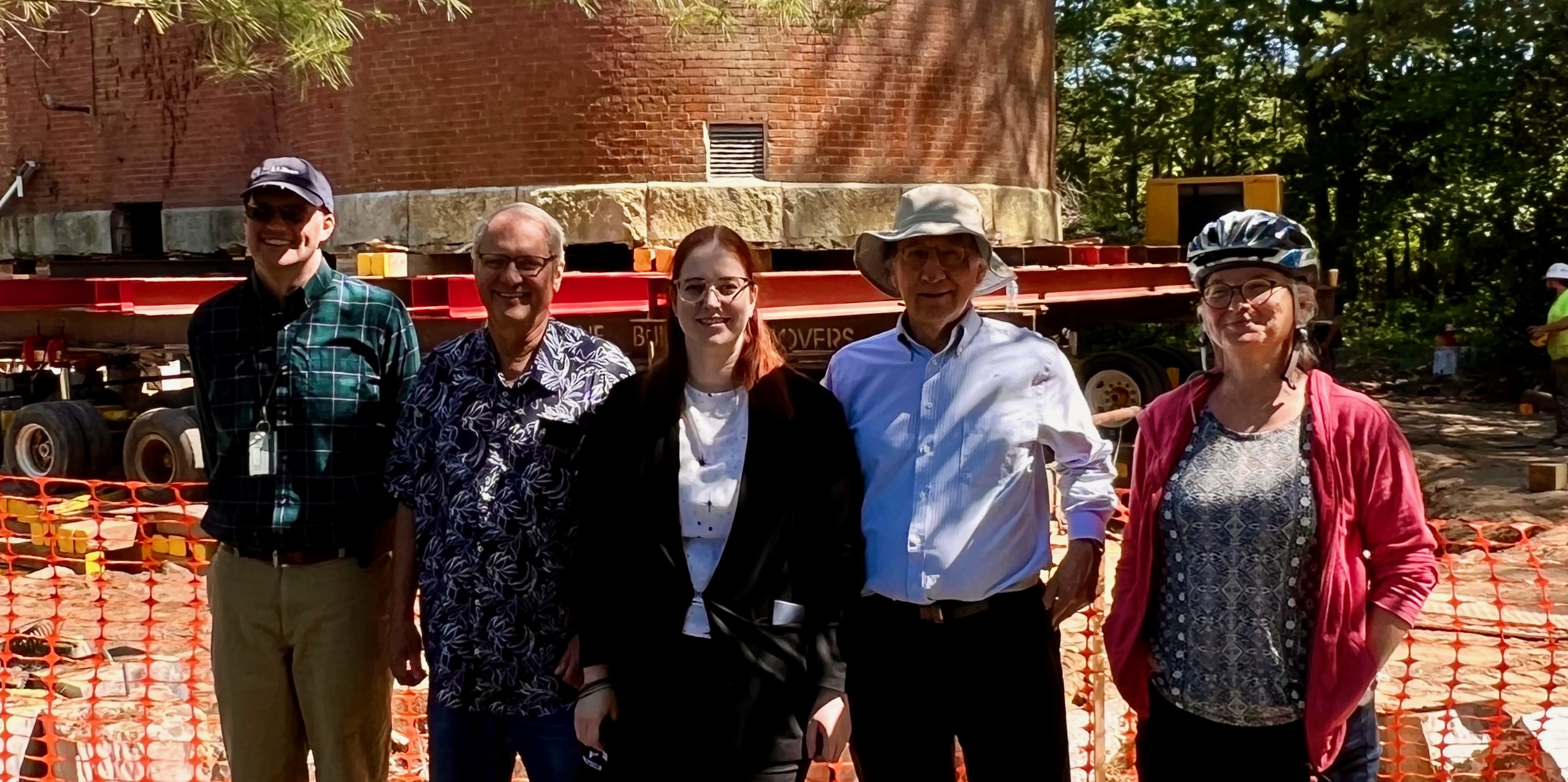
The Physics and Astronomy faculty hope to expand their course offerings in the coming years to take full advantage of new observing capabilities.
Now that the observatory has been relocated, it’s only a matter of time before it truly takes to the (night) skies.

